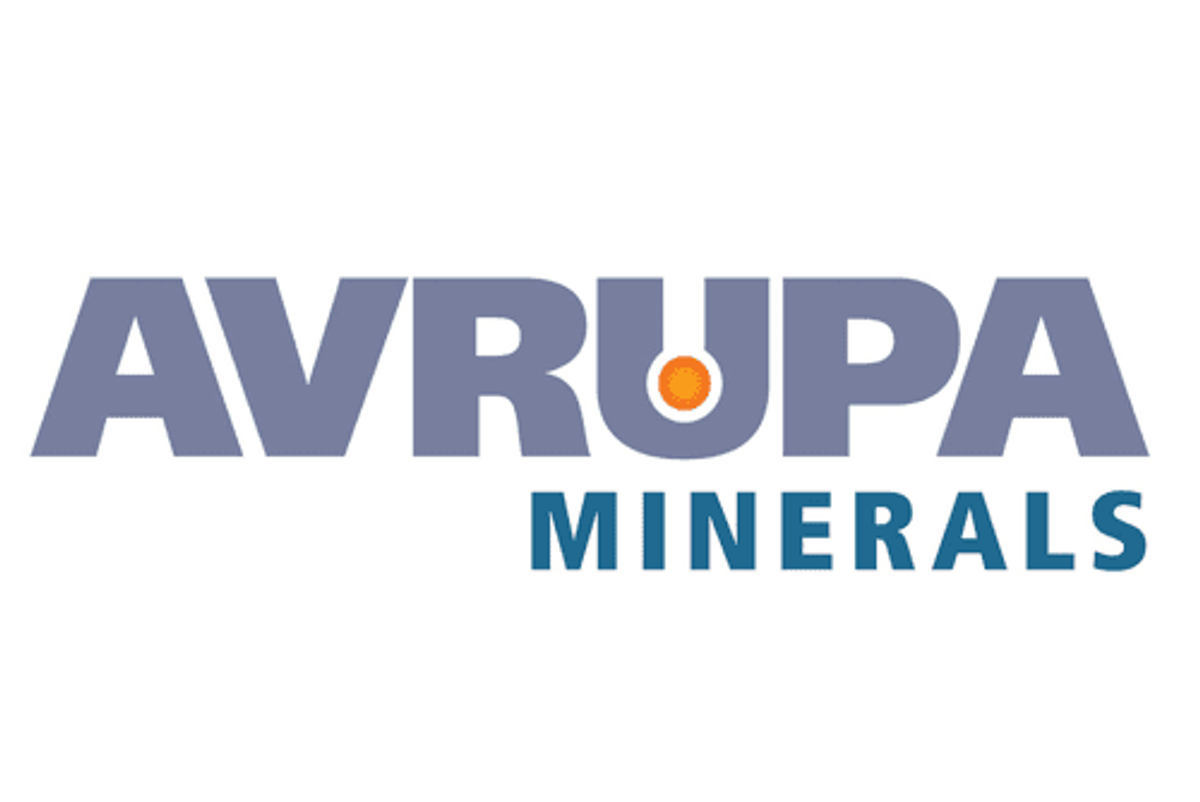
Avrupa Minerals (TSXV:AVU,OTC Pink:AVPMF) has released assay results for a 2014 drill hole from its Alvalade project in Portugal.
Avrupa Minerals (TSXV:AVU,OTC Pink:AVPMF) has released assay results for a 2014 drill hole from its Alvalade project in Portugal.
According to the company, the drill hole was not analyzed until now due to its similar proximity and visible characteristics to another drill hole from the same project.
As stated in the press release:
To date, Avrupa has drilled seven closely-spaced, shallow core holes in the area of SES002 and SES003 to determine possible extent of the “2” Lens. Avrupa also conducted several types of downhole and surface geophysical surveys. Intercepts of broken massive sulfide mineralization in SES005, SES006, and SES007, along with results from the geophysical work, and review of the actual core material in all of the holes suggested that mineralization comprising the “2” Lens occurred in a fault zone (now understood as the eastern boundary fault described in recent news releases of February 11, 2019 and March 11, 2019). The interpretations from the 2014 drilling program suggested that the possible extents of the “2” Lens were on the order of 100-125 meters dip x 50-75 meters strike, and 5-10 meters thickness, as demonstrated in the following cross section and map view of the mineralization.
Paul Kuhn, Avrupa Minerals President and CEO, commented:
“Results of all work around the “2” Lens suggest presence of a small, high grade, copper-bearing body of massive sulfide mineralization. Strong indications of further mineralization contained within the bounding fault zone need to be followed-up by drilling along both strike and depth of the fault zone. At this time, we have not identified the source of this massive sulfide mineralization, but it is possible that further blocks of mineralization will be located within the fault.”
Click here to read the full press release from Avrupa Minerals.